Home>Home Maintenance>What Kind Of Gravel For Drainage Around A House
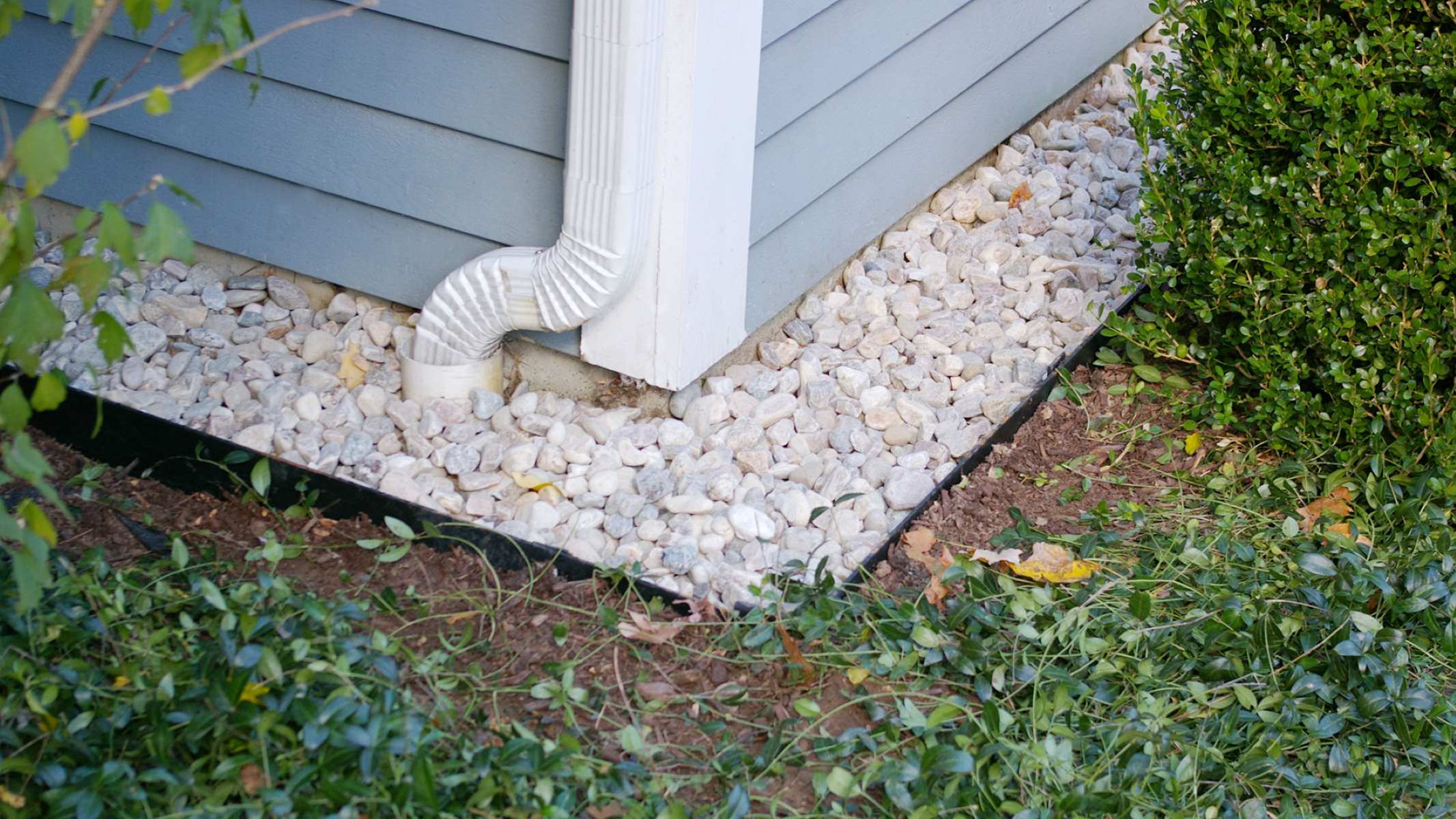

Home Maintenance
What Kind Of Gravel For Drainage Around A House
Modified: March 7, 2024
Looking for the best gravel for drainage around your house? Find expert tips and advice on home maintenance and choosing the right gravel for optimal water flow and protection against water damage.
(Many of the links in this article redirect to a specific reviewed product. Your purchase of these products through affiliate links helps to generate commission for Storables.com, at no extra cost. Learn more)
Introduction
Proper drainage around a house is crucial for maintaining its structural integrity and preventing water damage. Excess water can wreak havoc on the foundation, causing cracks, leaks, and even structural collapse. That’s why it is essential to have an effective drainage system in place to redirect water away from the house.
One effective way to achieve proper drainage is by using gravel. Gravel is a versatile and cost-effective material that helps to create a permeable surface, allowing water to flow through and preventing pooling and saturation. In this article, we will explore the different types of gravel that can be used for drainage around a house.
Key Takeaways:
- Gravel is crucial for effective drainage around a house, preventing water damage and maintaining a healthy landscape. Types like pea gravel, crushed stone, and river rock offer unique benefits for optimal water flow.
- Proper preparation and regular maintenance are essential for a reliable gravel drainage system. Clearing the area, grading the soil, and addressing settling and erosion issues help ensure long-term effectiveness in preventing water damage.
Purpose of Drainage Around a House
Drainage around a house serves several important purposes. Firstly, it helps to prevent water accumulation and saturation in the soil around the foundation. When the soil becomes overly saturated, it can exert pressure on the foundation, leading to cracks and instability. By providing a pathway for water to drain away from the house, a proper drainage system helps to protect the structural integrity of the building.
Secondly, effective drainage around a house helps to prevent basement flooding. When water collects around the foundation, it can seep into the basement, causing water damage and creating a breeding ground for mold and mildew. By facilitating the flow of water away from the house, a well-designed drainage system can help to keep the basement dry and free from moisture-related issues.
Furthermore, drainage around a house helps to maintain the overall health of the landscape. Excessive moisture can harm plants, causing root rot and other diseases. By directing water away from the house and towards appropriate drainage areas, the landscape can thrive and remain healthy.
In addition to protecting the house and landscape, proper drainage also mitigates the risk of soil erosion. When water accumulates and flows forcefully, it can erode the topsoil, leading to uneven terrain and a loss of fertile soil. By implementing effective drainage systems, erosion can be minimized, preserving the landscape and preventing potential damage.
In summary, the purpose of drainage around a house is to prevent water damage to the foundation, minimize the risk of basement flooding, maintain the health of the landscape, and mitigate soil erosion. Gravel, with its excellent drainage properties, plays a vital role in achieving these objectives. Now, let’s delve into the different types of gravel that can be used for drainage around a house.
Types of Gravel for Drainage
When it comes to choosing the right gravel for drainage around a house, there are several options to consider. Each type of gravel has its own unique properties and advantages. Here are three common types of gravel that are commonly used for drainage purposes:
1. Pea Gravel
Pea gravel is a popular choice for drainage due to its small, smooth, and rounded stones. The size of pea gravel typically ranges from 1/8 inch to 3/8 inch, making it ideal for providing a stable surface for water to flow through. Its compact nature allows water to penetrate easily while still providing support and preventing erosion. Pea gravel is visually appealing and can be used in various landscaping projects as well.
2. Crushed Stone
Crushed stone, also known as crushed rock or angular stone, is another excellent option for drainage purposes. It is available in various sizes, ranging from 3/8 inch to several inches in diameter. Crushed stone has multiple jagged edges that interlock, creating a stable and permeable surface. It allows water to flow freely, preventing pooling and saturation around the house. Crushed stone is durable and long-lasting, making it a reliable choice for drainage applications.
Read more: How To Improve Drainage Around The House
3. River Rock
River rock is a larger-sized gravel, ranging from 2 inches to 8 inches in diameter. It is smooth and rounded, giving it an aesthetically pleasing look. While river rock is commonly used for landscaping purposes, it can also be effective for drainage around a house. The size and shape of river rock allow for efficient water flow and drainage. However, due to their larger size, they may not be as effective in areas with heavy water runoff or high water volumes.
When choosing the right type of gravel for drainage around your house, consider factors such as the water flow rate, the soil condition, and the aesthetics you desire. It’s also essential to choose gravel that is locally available to reduce transportation costs.
Now that we have explored the different types of gravel, let’s move on to understanding the importance of selecting the right size of gravel for optimal drainage.
Pea Gravel
Pea gravel is a popular choice for drainage around a house due to its unique characteristics and benefits. This type of gravel consists of small, smooth, and rounded stones, typically ranging in size from 1/8 inch to 3/8 inch. The smoothness of the stones makes it comfortable to walk on, while their small size allows for easy water penetration.
One of the main advantages of pea gravel is its ability to create a stable surface for water drainage. The compact nature of the stones helps to prevent erosion by allowing water to flow through while still providing support. This helps to ensure that water is efficiently drained away from the house, reducing the risk of water damage and foundation issues.
In addition to its functional benefits, pea gravel is visually appealing and can enhance the overall aesthetics of your landscape. It comes in various natural colors, such as beige, brown, and gray, which can blend well with the surrounding environment. Pea gravel can be used in various landscaping projects, such as pathways, patios, and decorative borders, adding a touch of elegance to your outdoor space.
When using pea gravel for drainage, it is important to prepare the area properly. Start by clearing the area of debris and vegetation. Next, ensure that the soil is well-compacted to provide a solid base for the gravel. If necessary, you can add a geotextile fabric layer to prevent weed growth and promote better drainage.
To install pea gravel, simply spread it evenly over the prepared area, ensuring a depth of at least 2 inches. Use a rake to even out the surface and compact the gravel slightly to create a firm but permeable layer. It’s important to note that pea gravel may shift or settle over time, especially in areas with heavy foot traffic or water flow. Regular maintenance, such as raking and adding additional gravel when needed, can help to maintain its effectiveness.
Overall, pea gravel is an excellent choice for drainage around a house. Its small, rounded stones allow for efficient water flow, while its visual appeal adds a decorative touch to your landscape. Whether you use it solely for drainage or incorporate it into other landscaping projects, pea gravel is a versatile and functional option that can help protect your home from water-related issues.
Crushed Stone
When it comes to drainage around a house, crushed stone is a reliable and durable option. Also known as crushed rock or angular stone, this type of gravel is made by mechanically crushing larger rocks into smaller pieces. Crushed stone is available in various sizes, ranging from 3/8 inch to several inches in diameter, and is commonly used for a variety of applications, including drainage.
One of the main advantages of crushed stone is its ability to create a stable and permeable surface for water drainage. The jagged edges of the crushed stone interlock, providing a solid base that allows water to flow freely. This prevents pooling and saturation around the house, protecting the foundation and minimizing the risk of water damage.
Crushed stone is highly durable and can withstand heavy water flow and erosion. It is resistant to compaction, maintaining its shape and permeability over time. This makes it an excellent choice for areas with high water volumes or areas prone to flooding.
Another benefit of crushed stone is its versatility. It can be used in a variety of drainage applications, from French drains to trench drains. The size of the crushed stone can be adjusted based on the specific requirements of the drainage system. Smaller sizes are typically used as a base layer, while larger sizes are used for more substantial drainage projects.
Installation of crushed stone for drainage involves properly preparing the area. Clear the site of any debris or vegetation, and ensure that the soil is well-compacted. If necessary, a geotextile fabric can be installed to prevent weed growth and improve drainage efficiency.
To install crushed stone, spread it evenly over the prepared area, ensuring a depth of at least 2 inches. Use a rake to distribute the stone and create a uniform surface. Compact the crushed stone using a vibrating plate compactor or a hand tamper to ensure a solid and stable layer.
Regular maintenance is crucial to ensure the effectiveness of crushed stone drainage. Inspect the area periodically to check for any settling or shifting of the stone, especially in areas with heavy foot traffic or water flow. Add additional crushed stone as needed to maintain the desired depth and stability.
Overall, crushed stone is a dependable and versatile option for drainage around a house. Its interlocking properties, durability, and flexibility make it an excellent choice for creating a reliable and efficient drainage system that protects the foundation and helps prevent water damage.
River Rock
River rock is a type of gravel that is known for its natural beauty and versatility. It is characterized by its smooth and rounded shape, which is a result of the constant tumbling action of water. River rock is available in a variety of sizes, ranging from 2 inches to 8 inches in diameter, making it a visually appealing option for landscaping and drainage around a house.
While river rock is commonly used for decorative purposes, it can also be effective for drainage. The smooth and rounded shape of river rock allows for efficient water flow and prevents pooling and saturation. When properly installed, river rock can redirect water away from the house, protecting the foundation and minimizing the risk of water damage.
One of the advantages of using river rock for drainage is its low maintenance. Unlike other types of gravel, river rock does not require frequent re-grading or leveling. It can withstand heavy water flow and does not settle or shift easily. This makes river rock an ideal option for areas with consistent water runoff or high water volumes.
It’s important to note that the size of river rock used for drainage may impact its effectiveness. Larger river rocks may not be as efficient in areas with heavy water flow, as they can create turbulence and hinder the smooth movement of water. In such cases, smaller river rock or a combination of different sizes can be used to achieve optimal drainage.
When installing river rock for drainage, proper preparation is essential. Clear the area of any vegetation or debris, and ensure that the soil is well-compacted. A geotextile fabric can be used as an additional layer to prevent weed growth and improve drainage efficiency.
To install river rock, spread it evenly over the prepared area, ensuring a depth of at least 2 inches. Use a rake to create a smooth and uniform surface. It’s important to note that due to the size and weight of river rock, it may require some additional effort during installation.
Regular maintenance of river rock drainage involves periodic inspection for any shifting or settling. While river rock is low maintenance, it’s important to monitor the area and add additional rock as needed to maintain the desired depth and effectiveness of the drainage system.
In summary, river rock is a visually appealing option for drainage around a house. Its smooth and rounded shape allows for efficient water flow while adding a touch of natural beauty to the landscape. By redirecting water away from the foundation, river rock helps protect the house from water damage and maintains a healthy and aesthetically pleasing outdoor environment.
Choosing the Right Size of Gravel
When it comes to choosing the right size of gravel for drainage around a house, it is important to consider several factors. The size of the gravel plays a crucial role in determining its effectiveness in facilitating water flow and preventing pooling and saturation. Here are some pointers to help you select the appropriate size:
1. Consider the Water Flow Rate
The water flow rate in your area is a key consideration when choosing gravel size. If you experience heavy rainfall or have a high water volume accumulating around your house, larger-sized gravel may be more suitable. The larger stones provide ample space for water to move through quickly, preventing any potential blockages or restrictions.
2. Evaluate the Soil Condition
The type and condition of the soil around your house can also influence your choice of gravel size. If you have clay or compacted soil that drains poorly, smaller-sized gravel may be more effective. The smaller stones allow for better soil percolation and increase the chances of water draining away from your house more efficiently.
3. Consider the Purpose of Drainage
Think about the specific purpose of your drainage system. If you are primarily concerned with diverting water away from the house to prevent foundation issues, a larger-sized gravel may be more appropriate. On the other hand, if you are looking to create a more visually appealing drainage solution or using gravel for other landscape projects, smaller-sized gravel may provide a better fit.
4. Balance Flow and Stability
It’s important to strike a balance between water flow and stability when selecting gravel size. Larger-sized gravel allows for greater water flow but may not provide as stable of a surface. Smaller-sized gravel offers more stability but may have reduced permeability. Consider your specific requirements and find a gravel size that offers the right balance for your needs.
5. Local Availability
Lastly, consider the availability of different gravel sizes in your local area. It’s more convenient and cost-effective to choose gravel that is readily available nearby, as transportation costs and delays can be minimized. Local suppliers can provide guidance on the most common gravel sizes used for drainage in your area.
By taking these factors into account, you can make an informed decision on the right size of gravel for drainage around your house. Remember, it’s always a good idea to consult with professionals or local experts to ensure you choose the most suitable gravel size for your specific circumstances.
Preparing the Area for Gravel Drainage
Proper preparation of the area is essential for creating an effective and long-lasting gravel drainage system around your house. Taking the time to prepare the site ensures that the gravel can function optimally and helps to prevent future issues. Here are some steps to follow when preparing the area for gravel drainage:
Clear the Area
Start by thoroughly clearing the area of any debris, vegetation, or obstacles. This includes removing rocks, roots, and any existing vegetation. Clearing the site provides a clean and even surface for the gravel and prevents potential obstructions to water flow.
Read more: How To Build A Drainage Ditch Around A House
Grade the Soil
Next, evaluate the slope of the soil and make sure it is graded appropriately to direct water away from the house. Ideally, the soil should have a sloping gradient away from the foundation. This helps to ensure that water will naturally flow away from the house, reducing the risk of water pooling and damage.
Compact the Soil
Before adding the gravel, it is crucial to properly compact the soil. Use a soil compactor or a hand tamper to compact the soil, creating a firm and stable base for the gravel. Compact the soil evenly and ensure that it is well-settled to prevent future settling or shifting of the gravel.
Add a Geotextile Fabric Layer (Optional)
In some cases, it may be beneficial to add a geotextile fabric layer over the compacted soil. This layer acts as a barrier between the soil and the gravel, preventing weed growth and helping to promote better drainage. The fabric allows water to pass through while preventing the gravel from sinking into the soil over time.
Consider Drainage Pipes (If Necessary)
Depending on the specific requirements of your drainage system, you may need to consider installing drainage pipes. Drainage pipes can help redirect water more efficiently and prevent excessive water accumulation. Consult with a professional if you believe that drainage pipes are necessary for your specific situation.
All these steps contribute to a well-prepared area for gravel drainage around your house. Proper preparation ensures a solid foundation for the gravel, enhances water flow, and reduces the likelihood of future issues. Once the area is prepared, you can move on to installing the gravel drainage system.
Read more: What Kind Of Gravel For A Patio
Installing the Gravel Drainage
Installing the gravel drainage system is a crucial step in ensuring effective water flow and preventing damage around your house. Follow these steps to properly install the gravel drainage:
1. Gather the Required Materials
Collect all the necessary materials for the installation, including the appropriate type and size of gravel, a rake, a shovel, and a wheelbarrow. Ensure that you have enough gravel to cover the desired area with a depth of at least 2 inches.
2. Start at the Lowest Point
Begin the installation at the lowest point of the area where you want to create the gravel drainage. This will ensure that water naturally flows in the desired direction, away from the house.
3. Spread and Level the Gravel
Spread the gravel evenly over the area, using a rake to create a smooth and uniform surface. Start at the furthest end and work your way towards the house, ensuring that the slope is consistent. It’s important to maintain a minimum depth of 2 inches throughout the area to ensure effective water flow and drainage.
Read more: How To Fix Drainage Issues Around The House
4. Compact the Gravel
Use a tamper or compactor to lightly compact the gravel. This step helps to create a stable surface and ensures that the gravel stays in place over time. Proper compaction also promotes water flow through the gravel layer.
5. Create a Transition Zone
If there is a noticeable height difference between the gravel drainage area and adjacent surfaces, such as a lawn or driveway, create a transition zone. Gradually taper the gravel layer to meet the adjacent surface, allowing for a smooth and seamless transition.
6. Regular Maintenance
Regular maintenance is essential to ensure the continued effectiveness of the gravel drainage system. Periodically inspect the area for any settling or shifting of the gravel. If necessary, add additional gravel to maintain the desired depth and slope. Remove any debris, leaves, or vegetation that may hinder water flow.
With proper installation and regular maintenance, the gravel drainage system will efficiently redirect water away from your house, protecting the foundation and landscape from potential water damage. Remember to consult with professionals if you have specific drainage requirements or if you are unsure about installing the system yourself.
Maintenance Tips for Gravel Drainage
Maintaining your gravel drainage system is vital to ensure its effectiveness and longevity. Regular upkeep will help prevent issues such as clogging, uneven settling, and deterioration. Here are some maintenance tips to keep your gravel drainage system in optimal condition:
Read more: What Is My House’s Standard Drainage Size
1. Remove Debris
Regularly remove any debris, such as leaves, twigs, or branches, from the gravel surface. Debris can block water flow, leading to water pooling and potential damage. Use a rake or a leaf blower to clear the surface and keep it free from obstructions.
2. Inspect for Settling
Periodically inspect the gravel drainage system for any signs of settling or uneven surfaces. Uneven gravel can cause water to pool in certain areas, defeating the purpose of the drainage system. If you notice any settling, add more gravel to maintain a consistent depth and promote even water flow.
3. Check for Erosion
Keep an eye out for any signs of erosion around the gravel drainage area. Heavy water flow or improper installation may cause erosion, leading to uneven surfaces or exposed areas. If erosion is detected, add additional gravel or consider reinforcing the area with retaining walls or erosion control measures.
4. Maintain Proper Slope
Ensure that the gravel drainage system maintains the intended slope away from the house. Over time, the slope may change due to settling or natural shifts in the ground. Use a level or a measuring tool to check the slope periodically and adjust as needed to prevent water from pooling near the foundation.
Read more: What Kind Of Plants To Plant For Drainage
5. Control Weed Growth
Take steps to control weed growth within the gravel drainage system. Weeds and grass can infiltrate the gravel layer, potentially impeding water flow and causing damage. Install a geotextile fabric layer or use a safe weed control method to prevent weed growth and maintain optimal drainage.
6. Address Drainage Issues Promptly
If you notice any drainage issues, such as excessive water pooling or standing water, address them promptly. Identify the cause of the issue and make any necessary adjustments to the gravel layer or other components of the drainage system. Prompt action will help prevent further damage to your property.
By following these maintenance tips, you can ensure that your gravel drainage system remains effective and functional. Proper maintenance will help prevent water damage, protect your foundation, and maintain a well-drained and healthy outdoor environment.
Conclusion
Proper drainage around a house is crucial for maintaining its structural integrity and preventing water damage. Gravel is a versatile and cost-effective material that can be used to create an effective drainage system. By choosing the right type and size of gravel, you can ensure optimal water flow and prevent pooling and saturation around your house.
Pea gravel, with its small and rounded stones, provides a stable surface for water drainage while adding visual appeal to your landscape. Crushed stone, with its jagged edges, offers durability and reliability for efficient water flow. River rock, with its smooth and rounded shape, can enhance visual aesthetics while allowing water to pass through.
When installing gravel for drainage, proper preparation is crucial. Clear the area of debris, grade the soil, and compact it to create a solid base. Consider the installation of a geotextile fabric layer to prevent weed growth and improve drainage efficiency. Regular maintenance, such as removing debris, inspecting for settling or erosion, and addressing drainage issues promptly, will help ensure the continued effectiveness of your gravel drainage system.
In conclusion, proper drainage around a house is essential for preventing water damage and maintaining the overall health of the building and landscape. Gravel, in its various forms, provides an excellent solution for creating an effective drainage system. By following the guidelines outlined in this article, you can install and maintain a gravel drainage system that effectively redirects water away from your house, protecting your foundation and enhancing the functionality and beauty of your outdoor space.
Frequently Asked Questions about What Kind Of Gravel For Drainage Around A House
Was this page helpful?
At Storables.com, we guarantee accurate and reliable information. Our content, validated by Expert Board Contributors, is crafted following stringent Editorial Policies. We're committed to providing you with well-researched, expert-backed insights for all your informational needs.
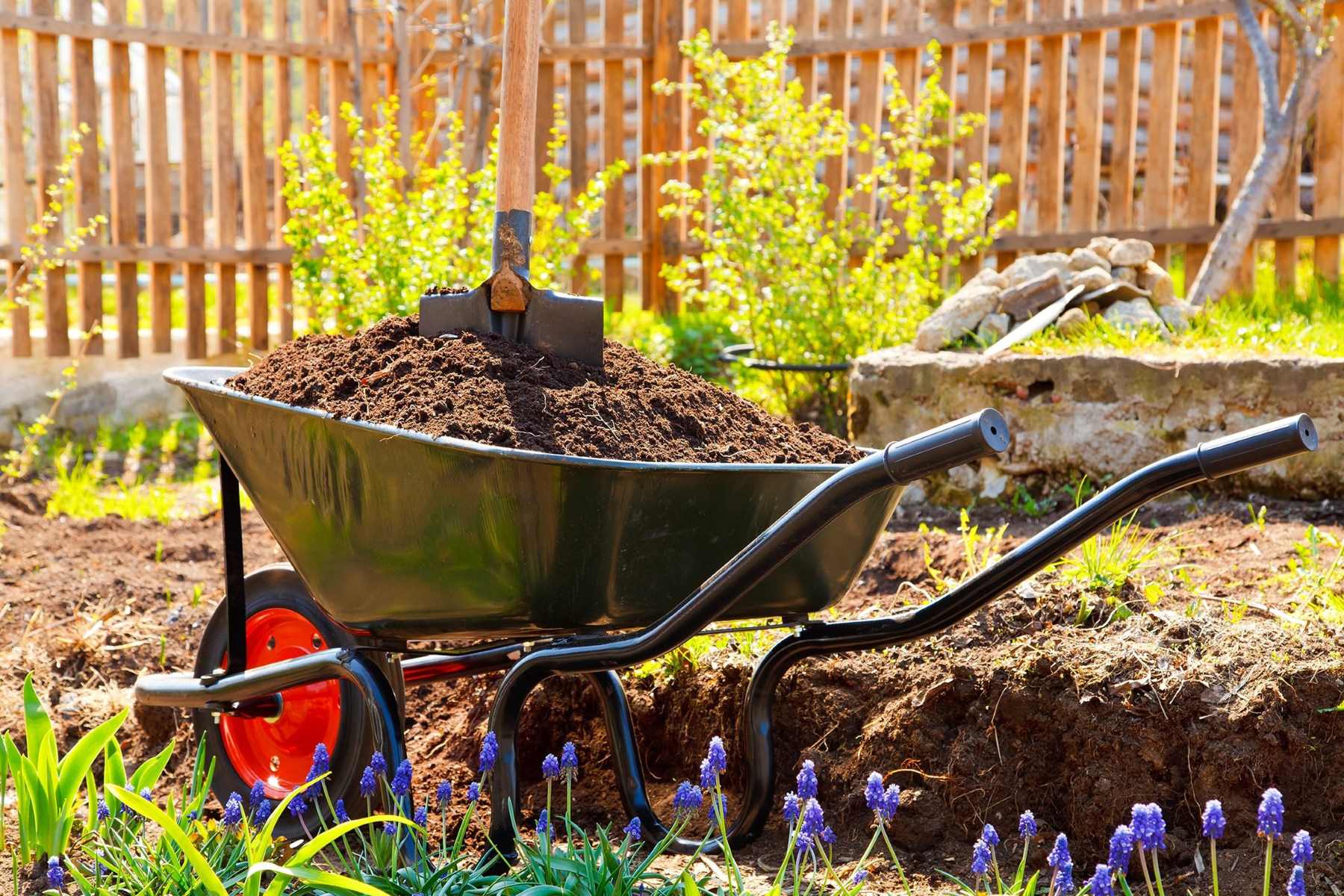
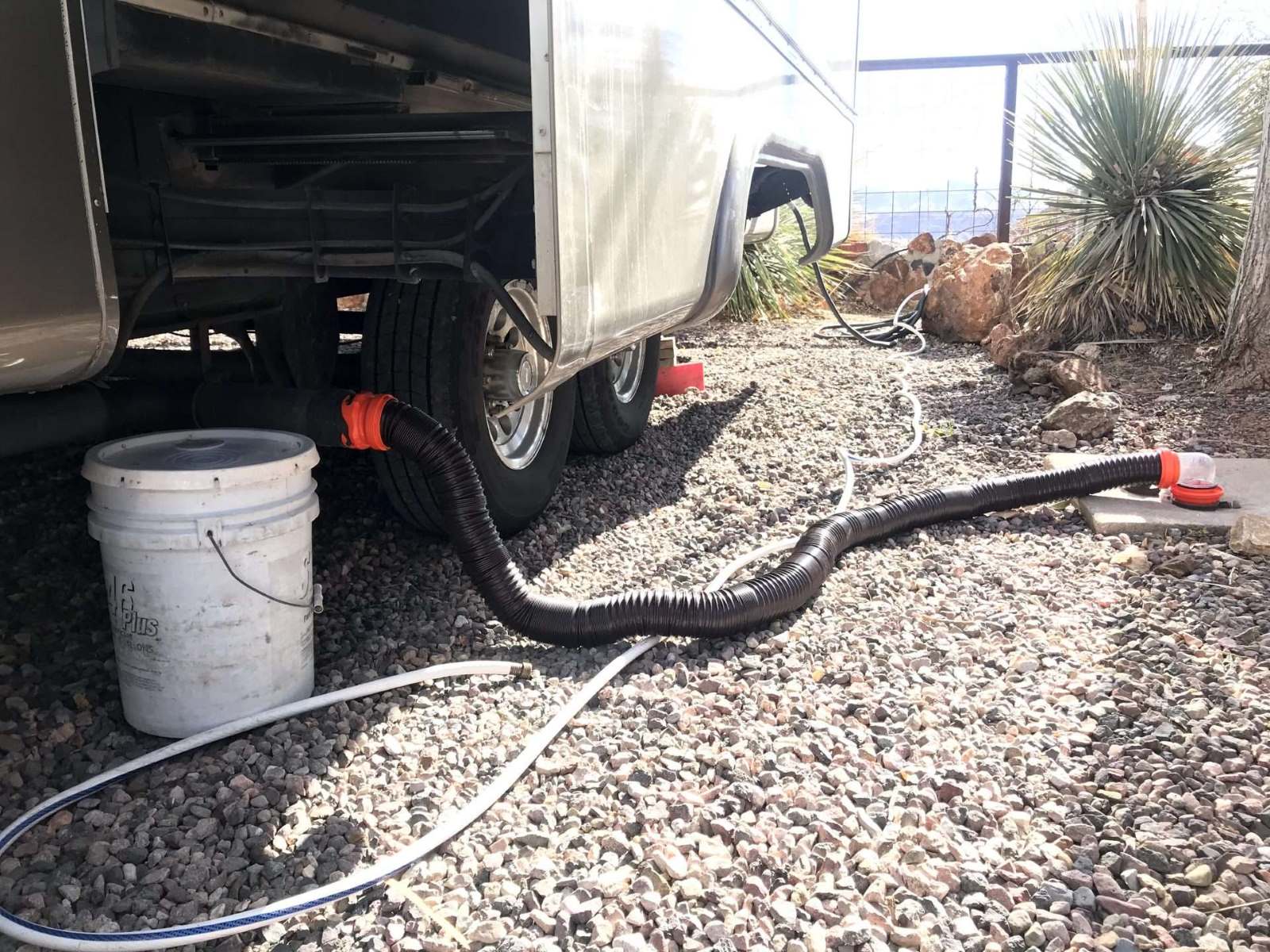
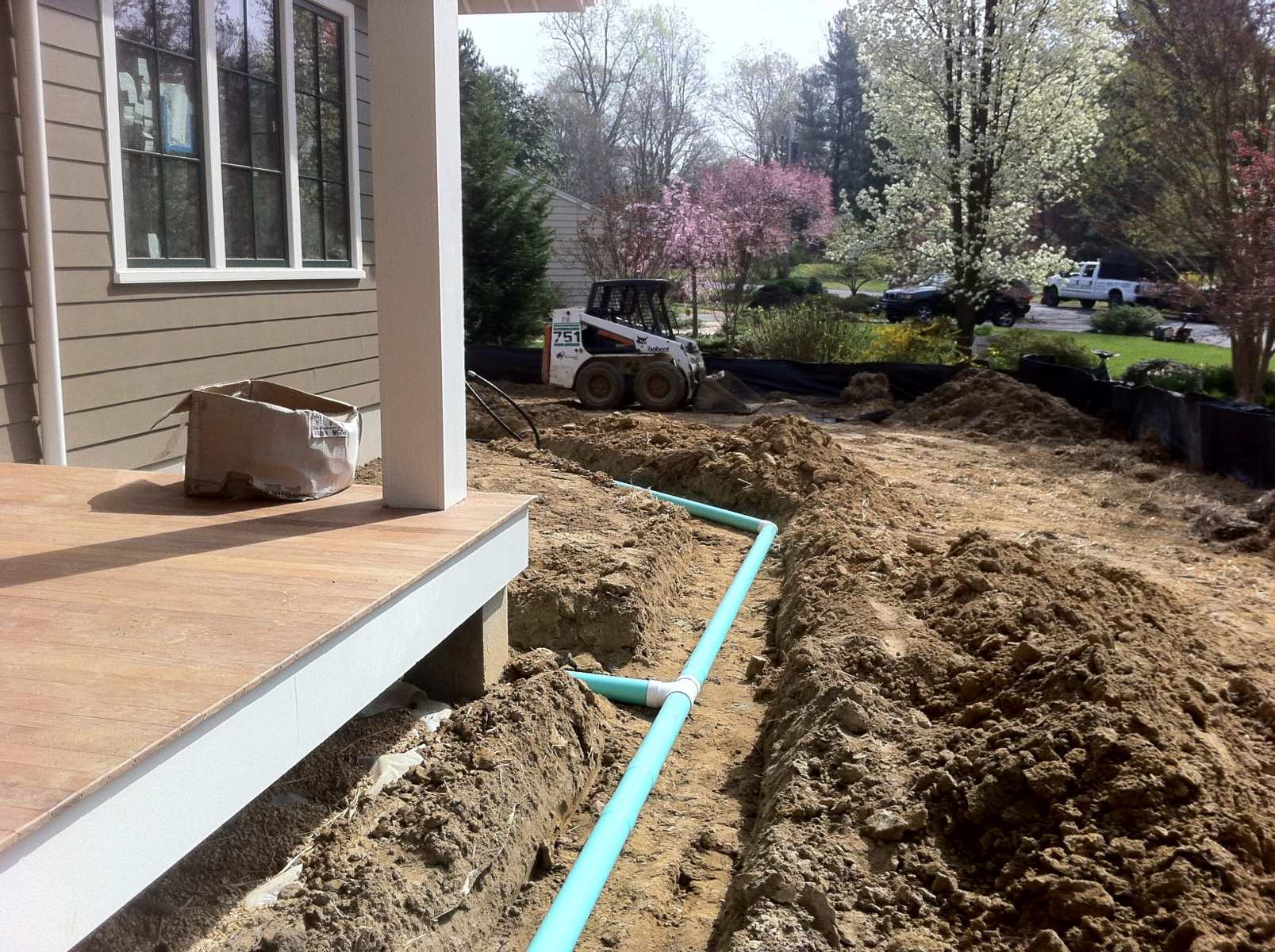
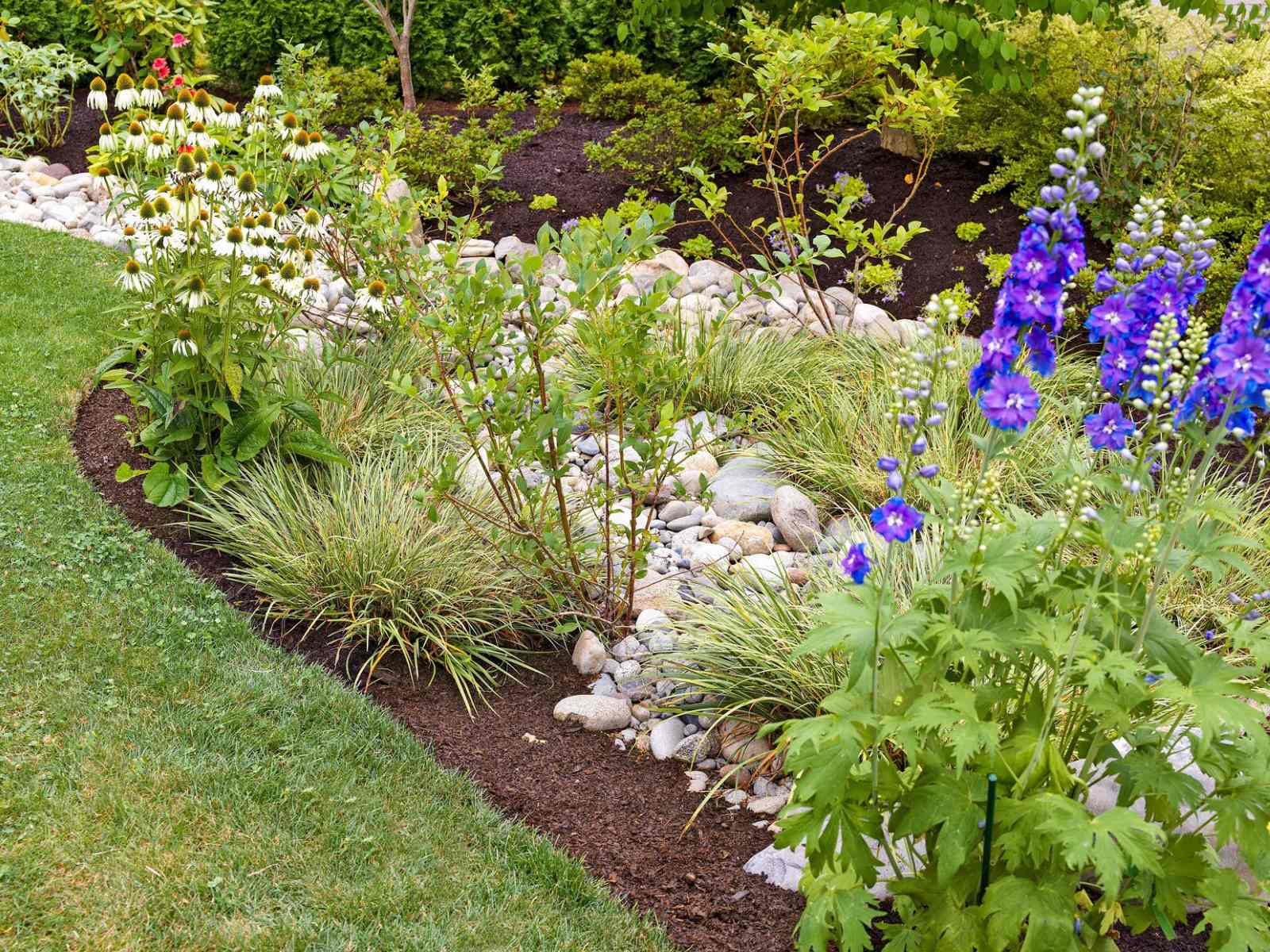
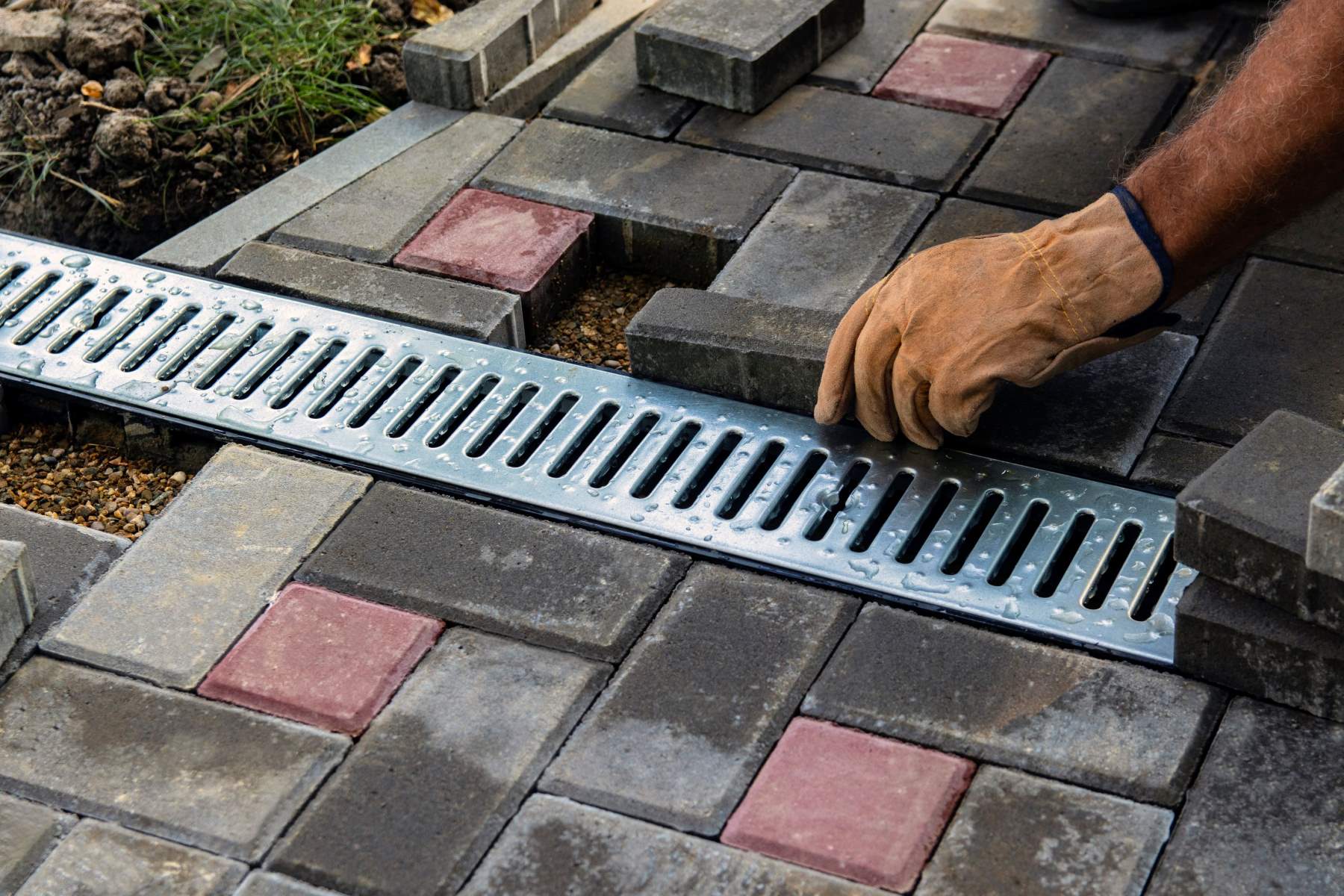
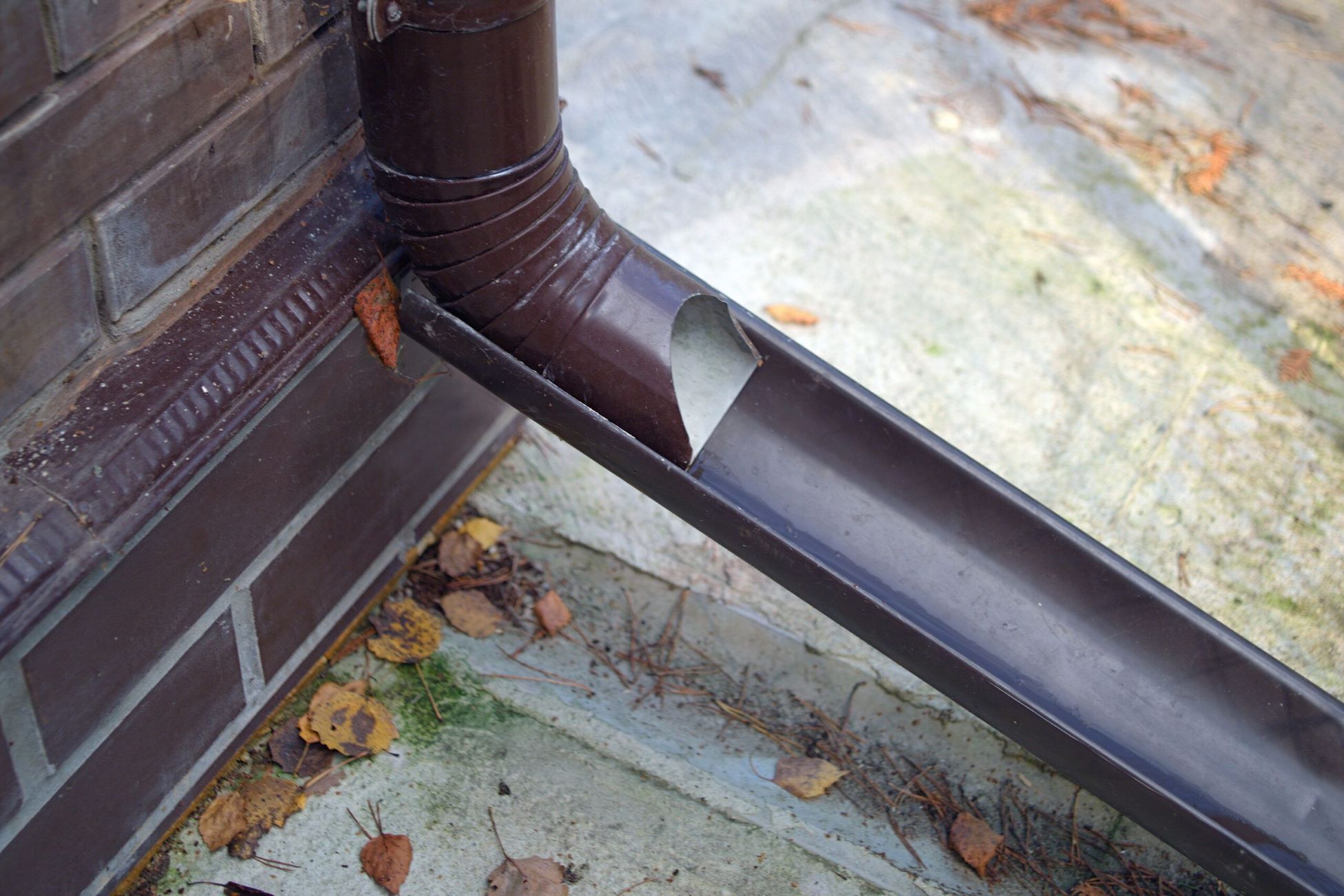
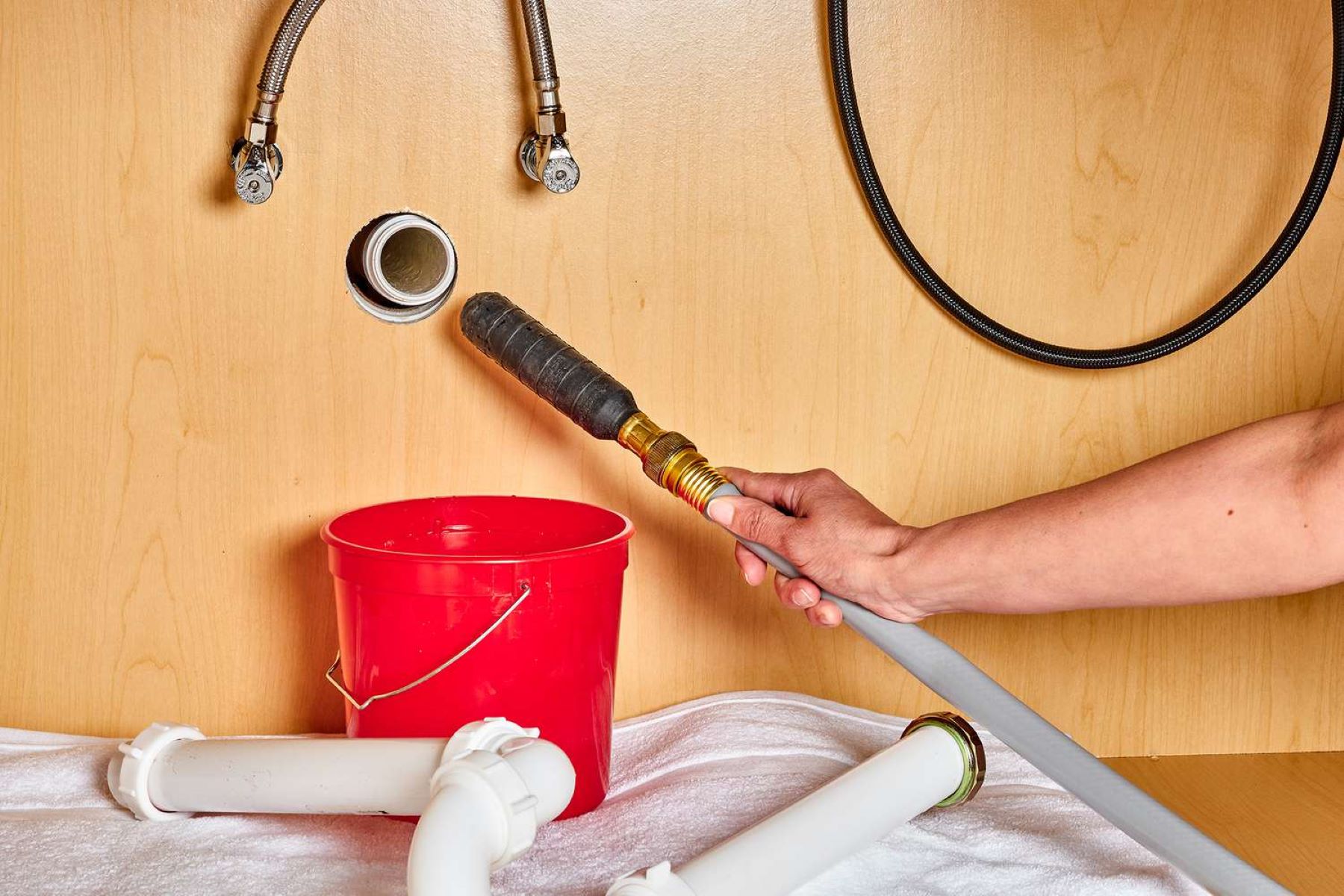

0 thoughts on “What Kind Of Gravel For Drainage Around A House”